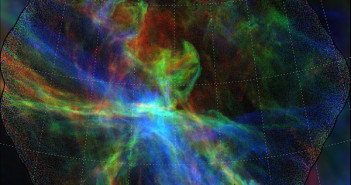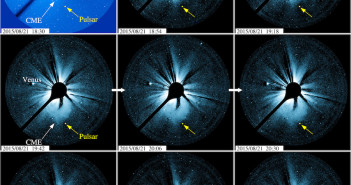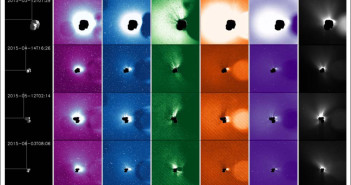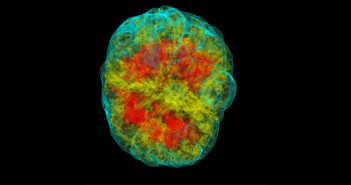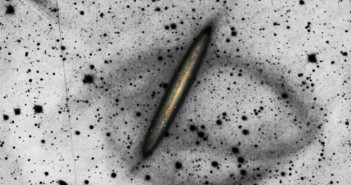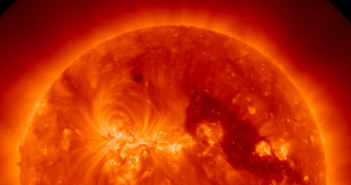
Featured Image: Experimental Simulation of Melting Meteoroids
Ever wonder what experimental astronomy looks like? Some days, it looks like this piece of rock in a wind tunnel (click for a better look!). In this photo, a piece of agrillite (a terrestrial rock) is exposed to conditions in a plasma wind tunnel as a team of scientists led by Stefan Loehle (Stuttgart University) simulate what happens to a meteoroid as it hurtles through Earth’s atmosphere. With these experiments, the scientists hope to better understand meteoroid ablation — the process by which meteoroids are heated, melt, and evaporate as they pass through our atmosphere — so that we can learn more from the meteorite fragments that make it to the ground. In the scientists’ experiment, the rock samples were exposed to plasma flow until they disintegrated, and this process was simultaneously studied via photography, video, high-speed imaging, thermography, and Echelle emission spectroscopy. To find out what the team learned from these experiments, you can check out the original article below.
Citation
Stefan Loehle et al 2017 ApJ 837 112. doi:10.3847/1538-4357/aa5cb5

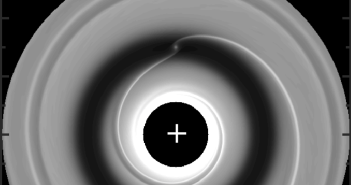
![The authors' model of what the above disk could look like as we observe it, in a scattered-light image. The morphology of the gap can be used to estimate the mass of the planet that caused it. [Dong & Fung 2017]](https://aasnova.org/wp-content/uploads/2017/03/fig2-3-260x260.jpg)
